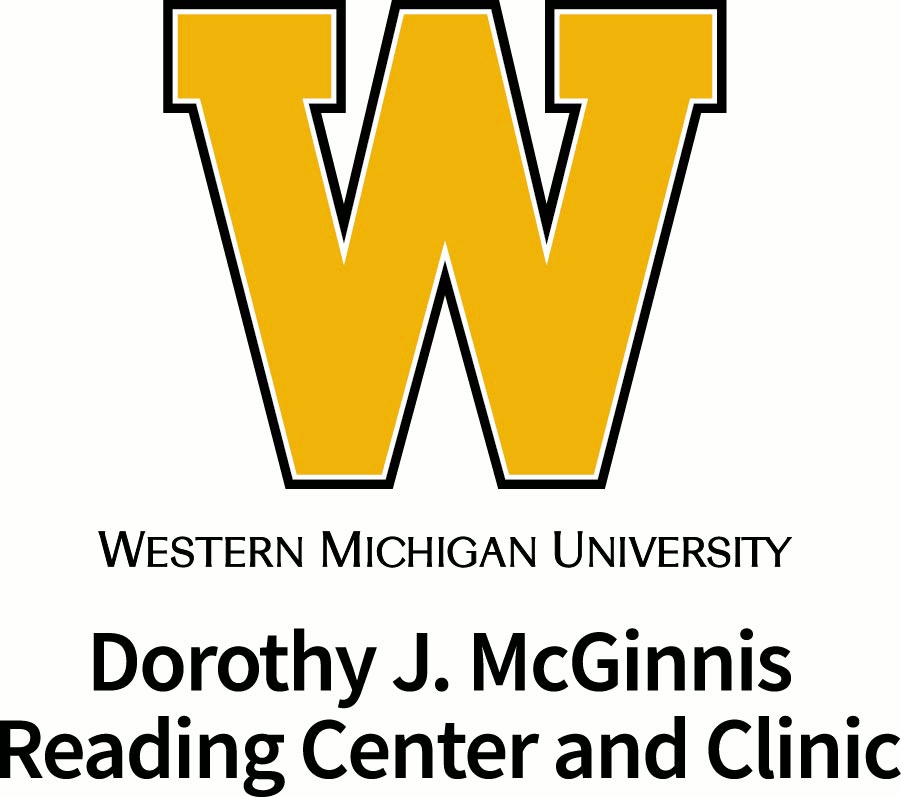Publication Date
10-1-1982
Abstract
Most reading specialists would agree that the sole justification for the various decoding instruction in reading is to prepare the student for extracting meaning from the written symbol (Tinker and McCullough, 1962). The pronunciation of words without understanding their meaning is of little use to anyone. Therefore, the development of the processes by which meanings become associated with symbols must be provided for in any reading program (Bond & Tinker, 1973). According to Strang (1969), the mature reader must not only understand the literal meaning of a passage, but also interpret the author's statements, make critical judgments, inferences and evaluations, form conclusions and make generalizations. The degree of accuracy of comprehension called for, motivation, and the purpose for reading determine what level of comprehension students read (Wall, 1971). Reading comprehension can best be inferred by observing the behavior of the reader when responding to comprehension questions--written or oral (Hoskisson, 1973). Harris (1970) emphasizes that questions are useful not only as an indicator of competency in reading comprehension, but as a basis of strategies for teaching comprehension. While it is generally agreed upon that question placement affects pupils' comprehension, it is not agreed upon as to where the placement of questions should be. A review of the research reveals that numerous studies have been conducted in this area. Their findings should be a primary consideration for any teacher interested in developing effective questioning strategies.
Recommended Citation
Wiesendanger, K. D., Birlem, E. D., & Wollenberg, J. (1982). A Summary of Studies Related to the Effect of Question Placement on Reading Comprehension. Reading Horizons: A Journal of Literacy and Language Arts, 23 (1). Retrieved from https://scholarworks.wmich.edu/reading_horizons/vol23/iss1/2

